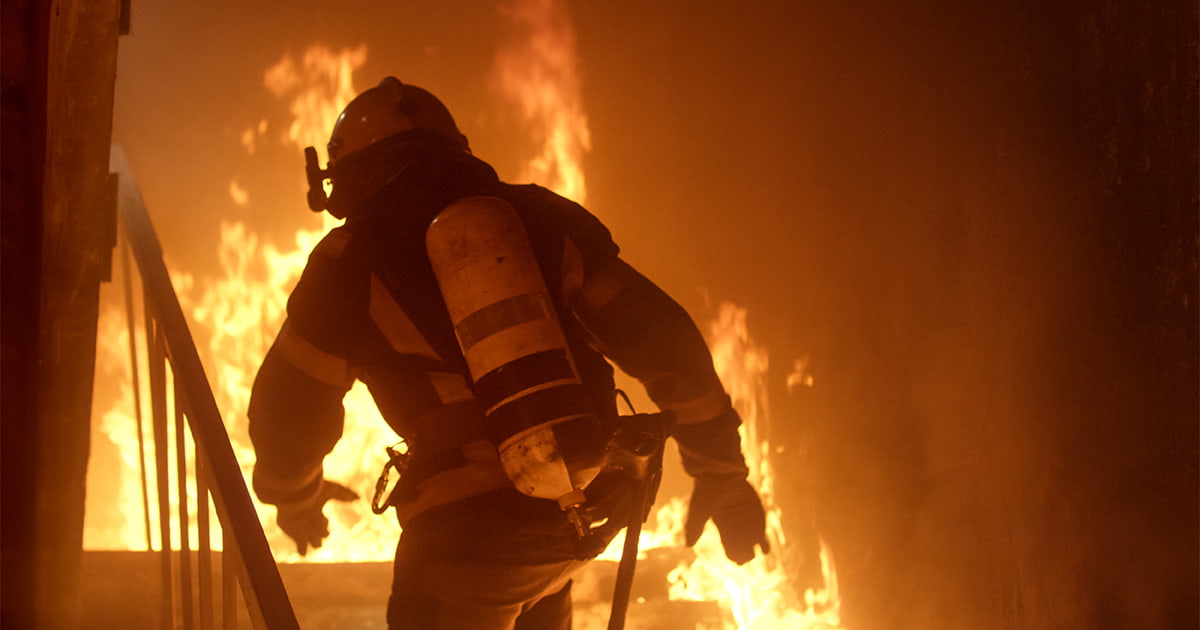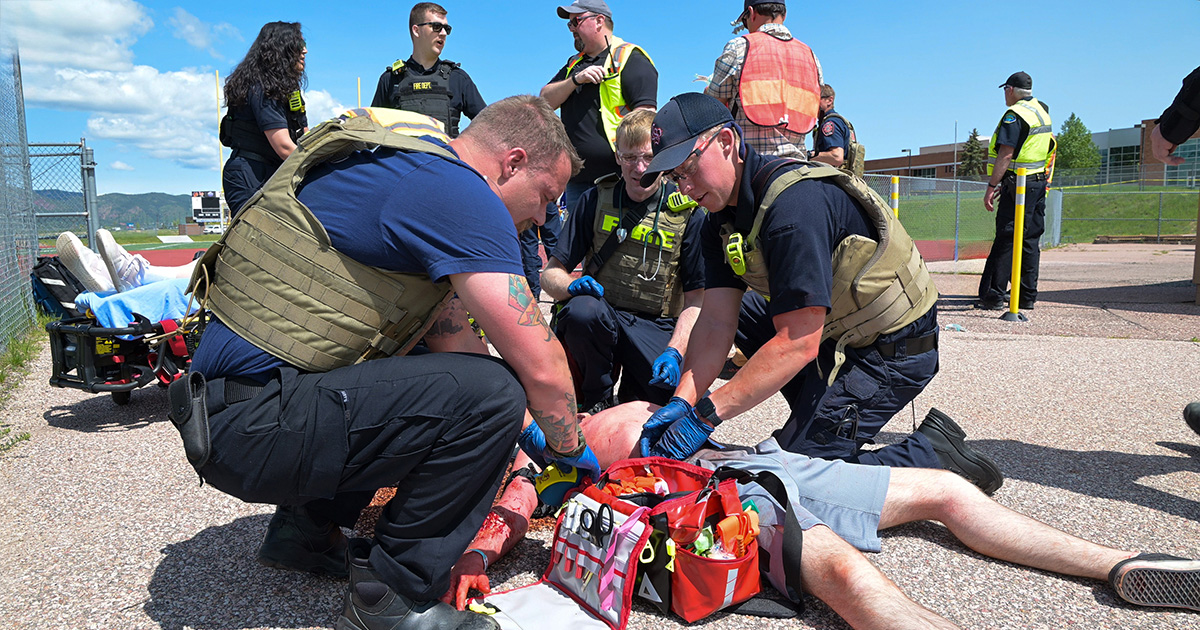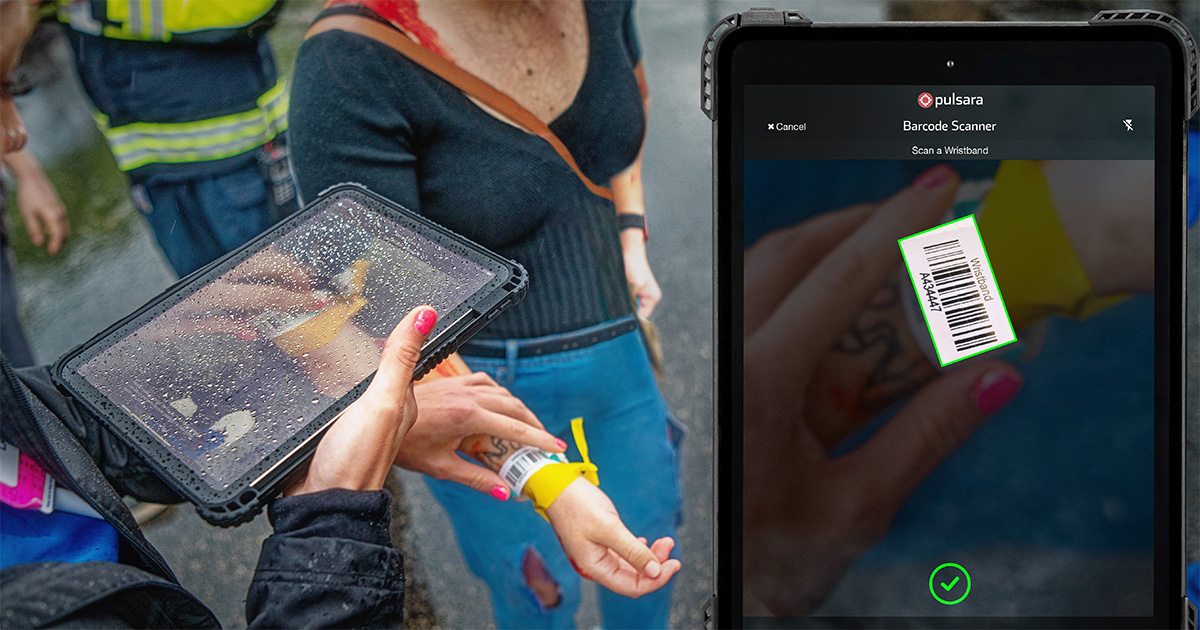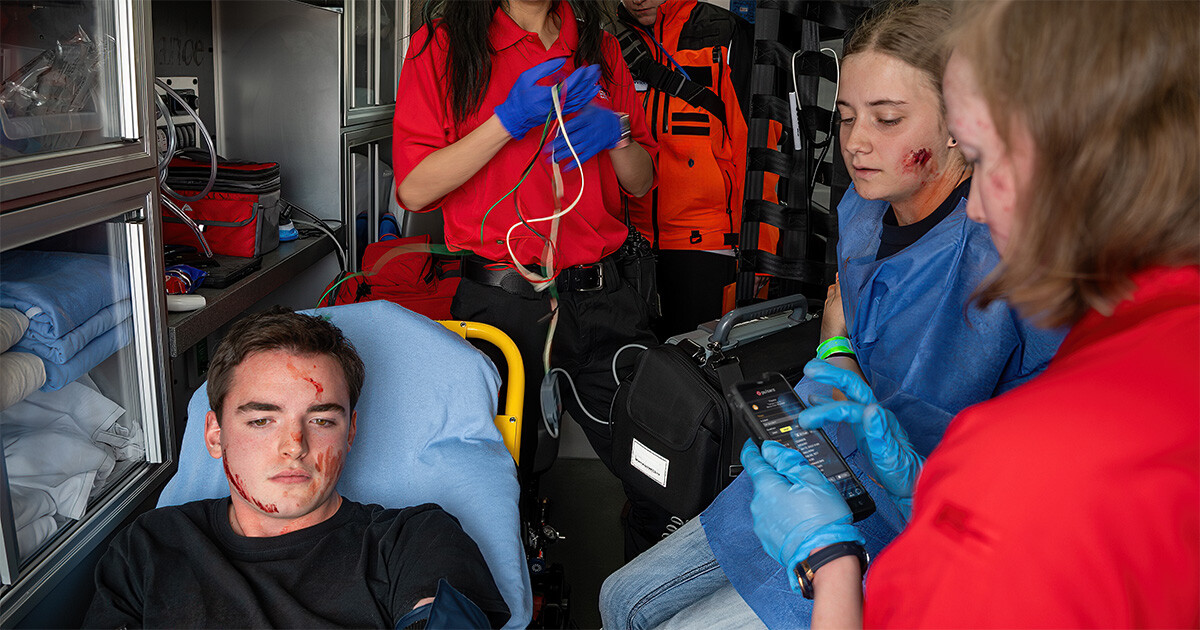6 min read
Are You In Charge, Or Are You In Command?
Editor's Note: In October 2024, FireRescue1 released their annual digital edition, Fire Command Ready: Build Your Command Confidence, proudly sponsored by Pulsara. Because the articles and advice...






